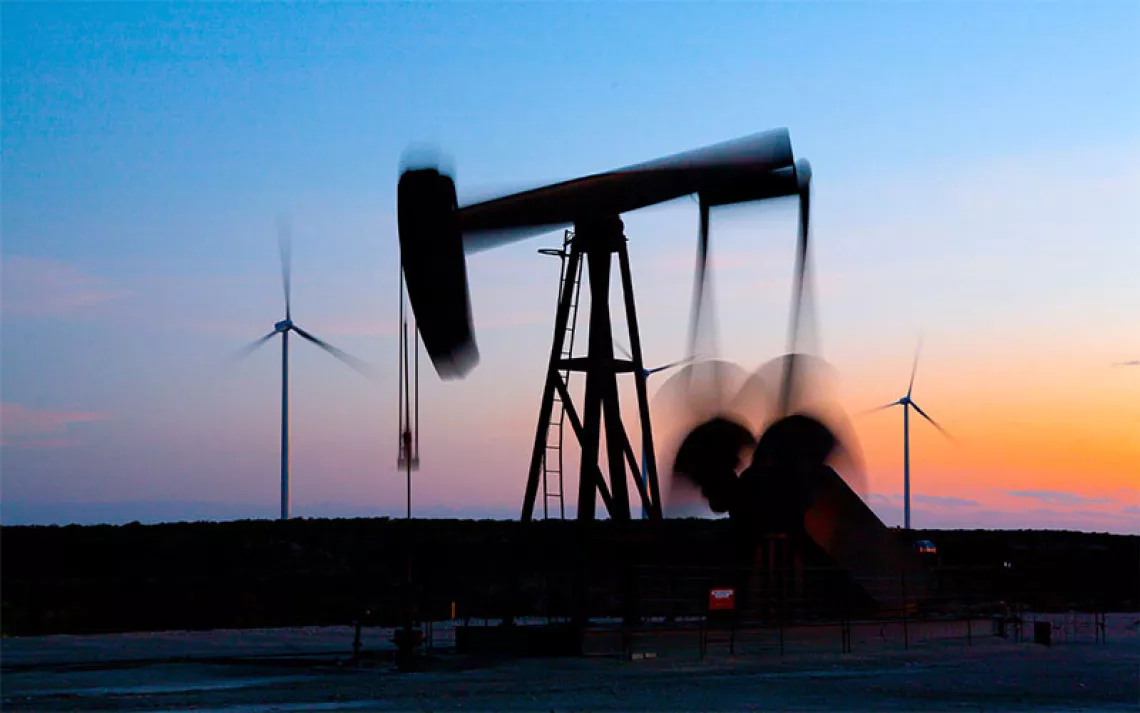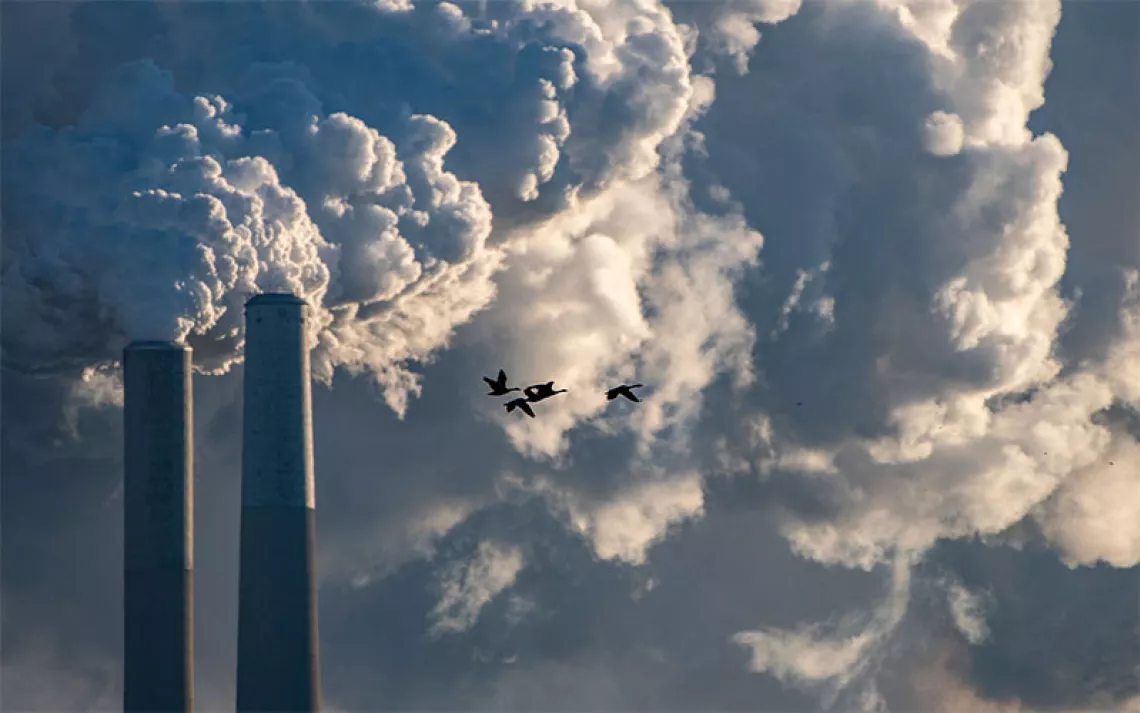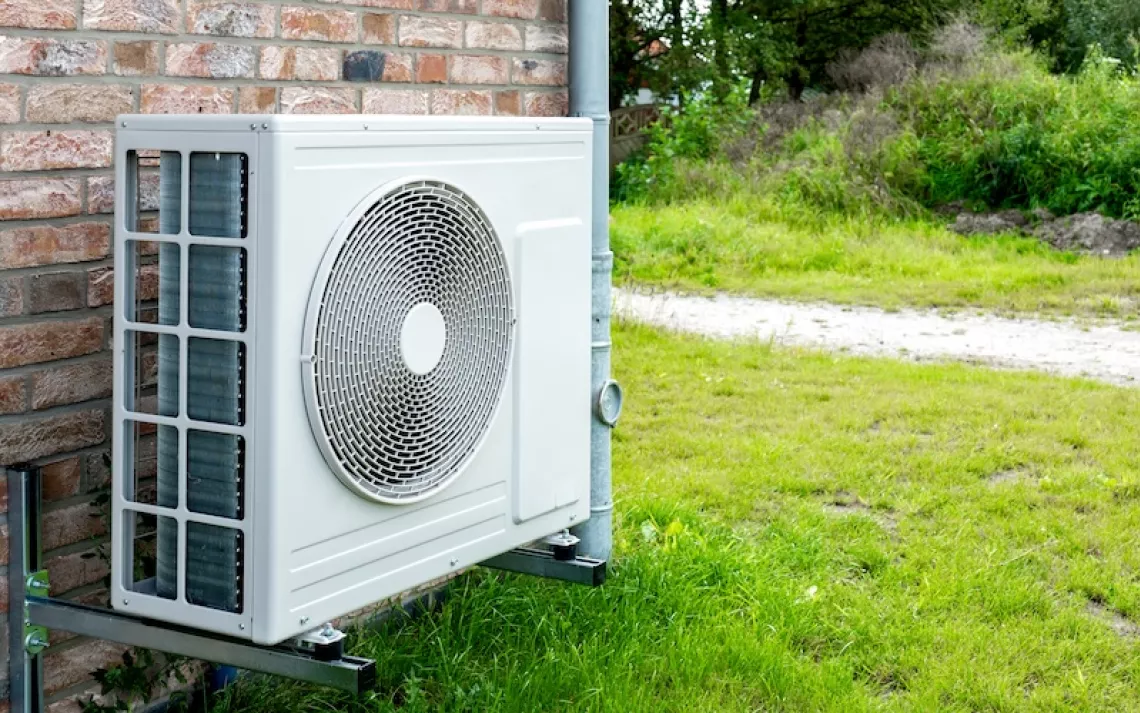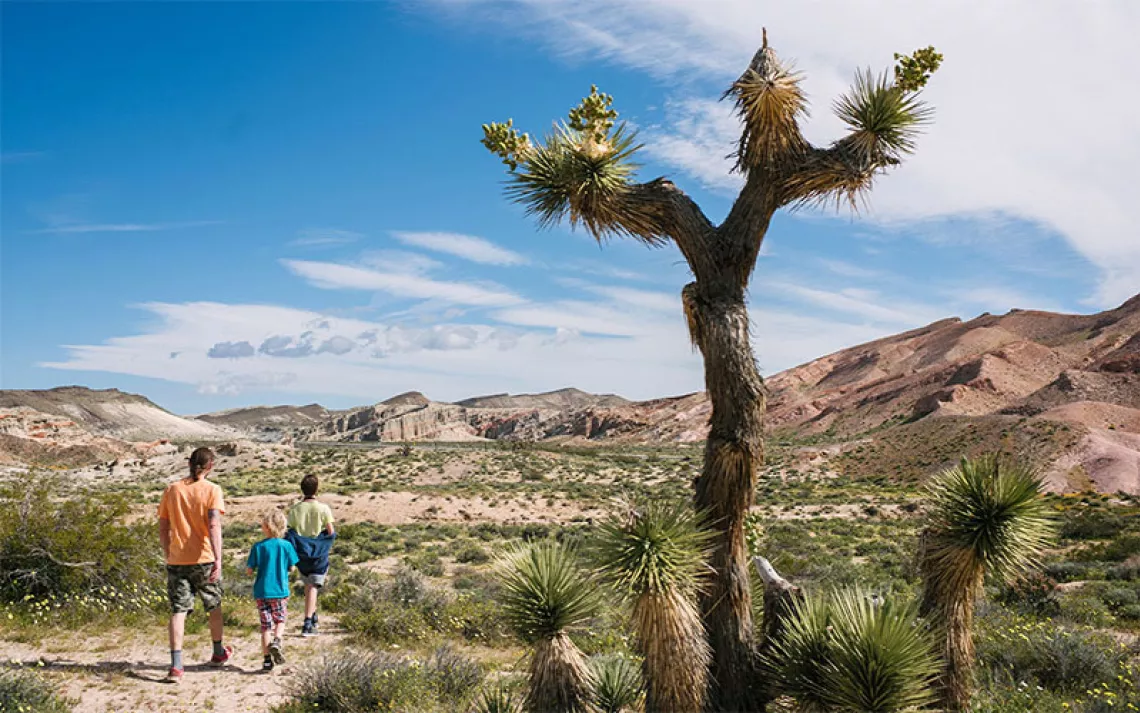Gen Z’s Next Victim: The Lawn
The youth have had it with mowing

Photo by Layres | iStock
Tripp, 22, lives in Savannah, Georgia, in a neighborhood where residents have to adhere to highly specific guidelines set by the neighborhood homeowners’ association (HOA) about what is and isn’t permissible—like many communities built after the 1940s.
The HOA has a lot of rules. But what really got to Tripp was the lawn. With Savannah’s wet springs and summers, grass requires a weekly mowing to stay short. Tripp’s father began letting the lawn grow higher (which is actually better for grass health), hoping for more of a meadow-like view. That attracted the attention of their local HOA, which told the family that if they didn’t mow the lawn by a certain date, the association would begin to charge them a $150 fee—per day. Such fines are common in HOAs throughout the country.
In frustration, Tripp, began half-jokingly tweeting about how much they hated lawns. Originally, it was a way to blow off steam. As a political organizer and aspiring environmental lawyer, Tripp’s day-to-day life involved some very heavy subjects. They had volunteered to feed undocumented families affected by COVID-19 and studied how hazardous waste facilities are commonly placed within communities of color. When they thought about the climate crisis (which was often), it left them feeling helpless. “As a Black person living in the South,” says Tripp, “environmental and racial justice are two completely intertwined struggles.”
Online, Tripp found a community of fellow lawn haters—and the lawn-hating curious. They changed their bio so that it linked to information on sustainable landscaping and began to promote an anti-grass lifestyle. “I want to learn how to tackle these things from my home,” says Tripp. “Combating lawn culture seems to be a very accessible manner of doing so.”
Social media sorts the lawn haters
Tripp isn’t the only one railing against turf grass on social media. On platforms like Twitter, TikTok, and Facebook, young people are sharing anti-lawn memes, on the grounds that lawns lack native biodiversity, demand excess amounts of water and toxic chemicals, and symbolize racial exclusion (many of the same neighborhood HOAs that established rules for lawns also barred selling homes to people of color).
These lawn critics include a Las Vegas teenager named Alex Silva. Earlier this year, Silva (who goes by the online handle @ecofreako) found himself noticing more and more anti-lawn posts pop up on his TikTok and Instagram feeds. Both apps are notorious for their ability to sort users into hyper-specific interest groups, based on what they’ve liked in the past, and both had determined that Silva cared about lawns.
The apps weren’t wrong. Las Vegas experienced a record drought that summer, and Silva felt himself getting angry every time he saw a lawn. EPA numbers said that between 30 and 60 percent of the freshwater in a given urban area is used to maintain landscaping—which seemed to him like a particularly wasteful habit in an increasingly hot and arid region. So Silva began making desert-specific TikTok posts, making fun of lawns, and suggesting drought-tolerant yard schemes. “I’m really hoping that people realize lawns really aren’t that great,” he says.
Around the same time that he began lawn posting, Silva joined a TikTok collective called EcoTok—a group of creators that joined forces to post about the climate crisis on social media. The collective’s most-well-known member is Abbie Richards, a climate studies master's student in the Netherlands who went viral in May for denouncing golf courses. Richards’s videos led her directly into the arms of the broader grass-hating movement on TikTok. “It’s so wasteful and really not helpful to the environment at all,” Richards says. “Lawns are just so manicured and gross.”
From status symbol to status quo
The anti-lawn arguments put forward by Richards, Tripp, and Silva are based in historical fact. Today, turf grasses occupy over 63,000 square miles of the continental United States. They cover three times more surface area than corn, the country’s largest irrigated crop. But before suburban sprawl made them common, turf grass was relatively rare, mostly adopted by wealthy colonists emulating the idyllic English manor. One of them was George Washington, who kept “pleasure grounds” at Mount Vernon decorated with British grasses. Enslaved people, including children, were forced to painstakingly maintain the landscaping.
Landscape architects like Frederick Law Olmsted, who designed the lush meadows of Central Park, brought the status symbol to the masses by designing sweeping, pastoral parks for public use, says Paul Robbins, dean of the Nelson Institute for Environmental Studies at the University of Wisconsin-Madison and author of Lawn People: How Grasses, Weeds, and Chemicals Make Us Who We Are.
In the 1950s, Robbins adds, developers rapidly converted vast swaths of farmland into suburbs, scraping off fertile topsoil in the process. To keep grass looking perfectly green, it had to remain at its youngest phase—hence the constant mowing. Many lawns also depended on cocktails of chemicals like herbicides, pesticides, and fertilizer to keep them acceptably green, which polluted the air and nearby water sources.
These toxins aren’t merely a byproduct of the lawn craze, but a contributor, says Kristoffer Whitney, an assistant professor at Rochester Institute of Technology who has researched the environmental impacts of lawn care. World War II boosted nitrogen production to make weapons, and a fertilizer boom followed, partly to address the era’s food shortages Even so, nitrogen producers still had a peacetime surplus and began marketing their excess fertilizer to the burgeoning suburbs. Soon companies began creating products specifically for the North American lawn, to the point where, says Robbins, lawns became a “dumping grounds for capitalist surplus.”
The past and future of the lawn backlash
Pushback to the lawn industrial complex long predates TikTok. Works like Silent Spring illuminated the chemical industry’s harms and propelled stricter legislation, although the Clean Water Act carved out an exception for nonpoint source pollution (pollution that spreads through a landscape, instead of gushing out of a single pipe). That made agriculture, and lawns, largely exempt from federal clean water regulations and left stricter rule-making up to individual states and regions, where protections vary widely.
Even when people are aware of turf grass’s environmental harms, says Robbins, peer pressure may still compel them to maintain their lawns. In 2001, Robbins hired a polling center to conduct nearly 600 phone interviews with people living across the US and analyzed the results. He found that people who treat their lawns with pesticides tend to be more educated and have higher incomes and were actually more likely than non–chemical users to recognize the environmental risks of their actions. They applied pesticides and fertilizer to their yards anyway, in order to preserve neighborhood cohesion. In fact, Robbins found that those who sprayed were more likely to know their neighbors by name.
The bee’s revenge
Despite the recent buzz, anti-lawn meme makers are part of a cultural shift that’s grown steadily over the past decade. Native plants are already more common in home gardens, says Anahí Espíndola, an assistant professor of entomology at the University of Maryland who works with the school’s Home & Garden Information Center, because of increased public concern for honeybees and native pollinators.
Mike Lizotte, a managing partner at online gardening supplier American Meadows, agrees. He’s seen a surge in native plant sales over the past six years from people who say that they want to do just that. On the federal level, last summer, Congress introduced a bill that would expand pesticide bans to include additional chemicals like neonicotinoids, which kill bees and lower reproduction rates.
Like Tripp, Espíndola has also felt limited by her local landscaping restrictions. But last summer, her city of College Park rewrote its city code in a way that explicitly encourages “naturalized and native landscapes” (though it kept language that sets a specific height for turf grass and demands that it stay trimmed so as not to appear “unsightly”).
We can look to the West as a potential indicator of the American lawn’s future, says Robbins. There, droughts have already pushed towns and homeowners toward native plants, in part because water prices are high, and California residents can receive up to $2 for each square foot of ripped-up turf grass.
Richards, Tripp, and Silva all hope for a future where it’s normal to transform lawns into sites of native biodiversity and even vibrant neighborhood food sources. Both Tripp and Richards receive messages from people who say they’ve quit golfing or stopped mowing the lawn or are even tearing out grass in favor of native plants.
Facing a precarious future, it feels like a small victory. Says Tripp, “It’s something that’s very empowering and kind of alleviates that feeling of hopelessness when looking at climate change.”
 The Magazine of The Sierra Club
The Magazine of The Sierra Club



